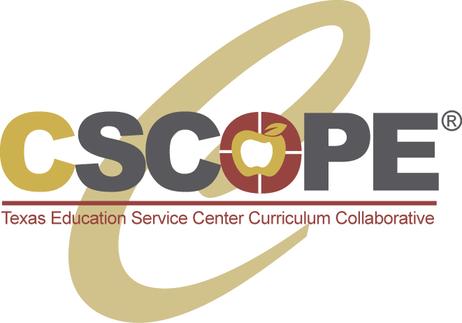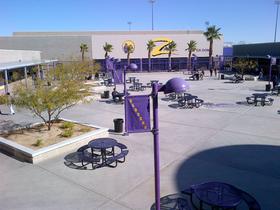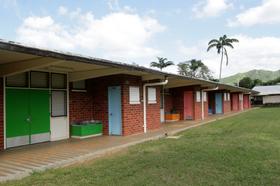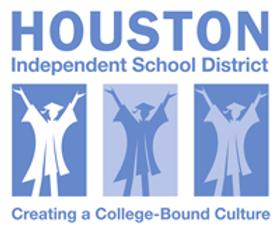Hawaii Public Schools, one of the largest school districts in the country, is seeing improvements in the number of students who are college bound. The district attributes the positive numbers to various factors, including their ability to better track student progress in recent years. With more students showing readiness for higher education endeavors after high school, the state is confident it can boost the number of college graduates statewide within the next two decades. What is their secret? It appears a number of factors are contributing to the state’s success.
College and Career Readiness Indicators
The Honolulu Civil Beat reports that recent positive numbers from Hawaii Public Schools can be found in the latest College and Career Readiness Indicators report. The new reports were released by Hawaii P-20 Partnerships for Education and the Hawaii Department of Education. The reports use a range of metrics to evaluate college readiness for high school students in the state. According to the most recent numbers, it appears students in the Islands are making strides in nearly every indicator.
According to a press release from the Hawaii Department of Education, the recent report included the following findings:
- College Enrollment – the state saw a slight increase in college enrollment, from 53 percent in 2011 to 54 percent in 2012
- College-Level Courses – the number of students enrolling in college-level English and math courses increased by four percent each between 2011 and 2012
- Remedial Courses – the number of students requiring



















